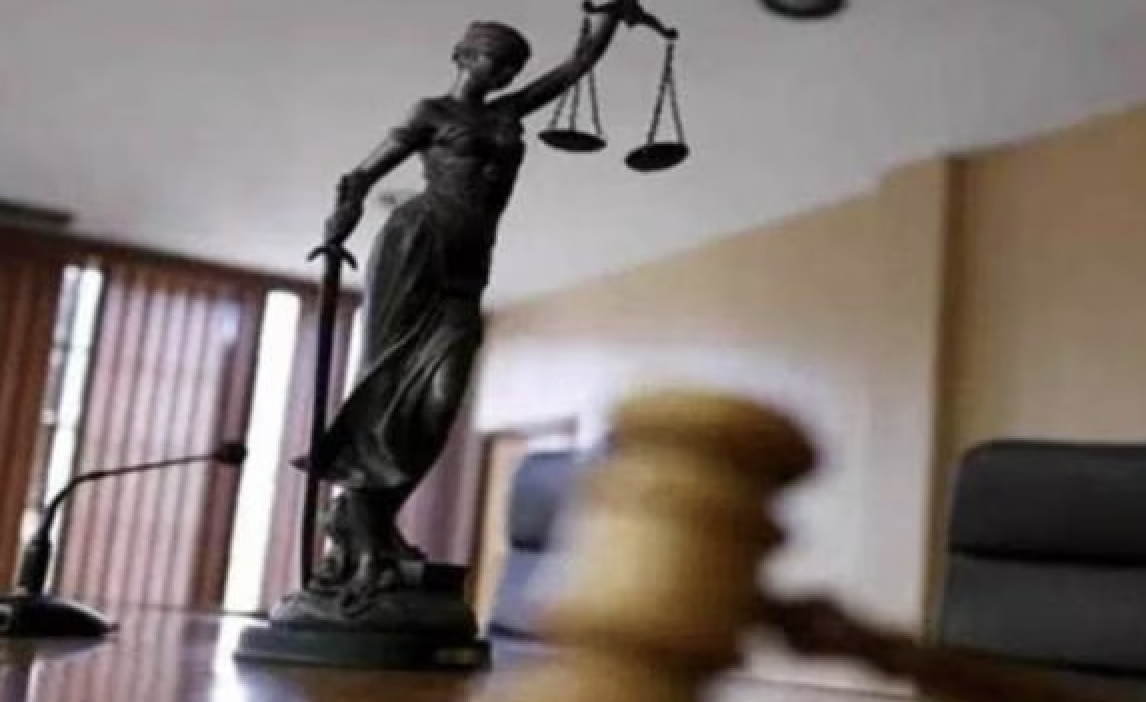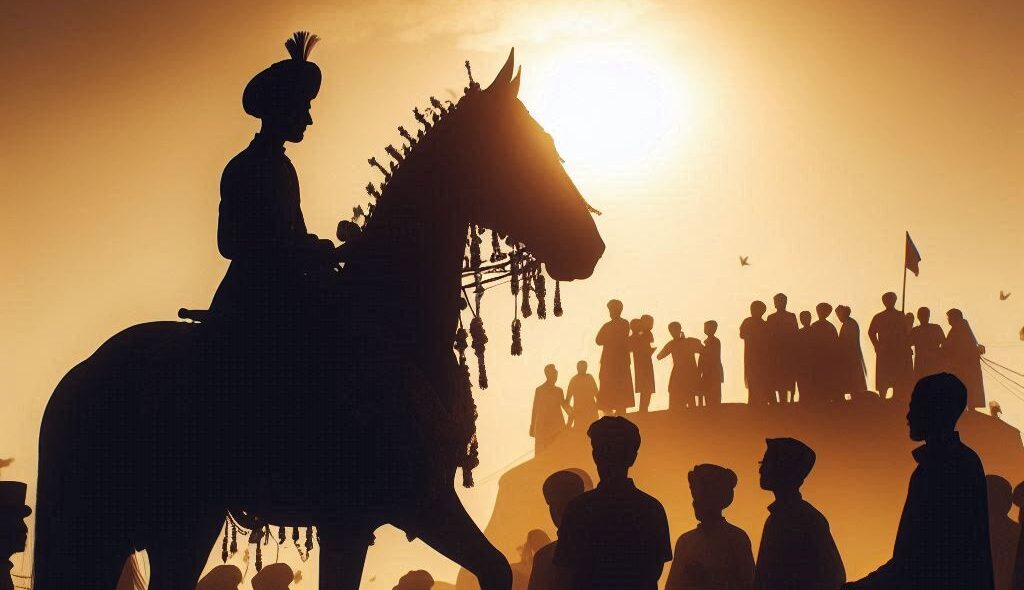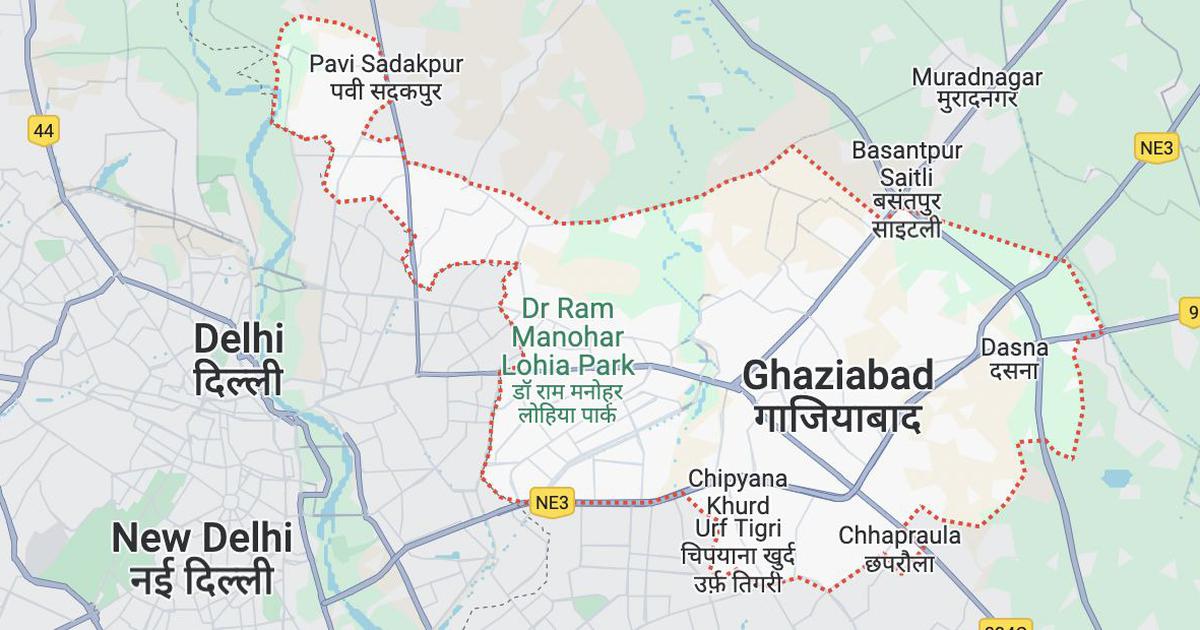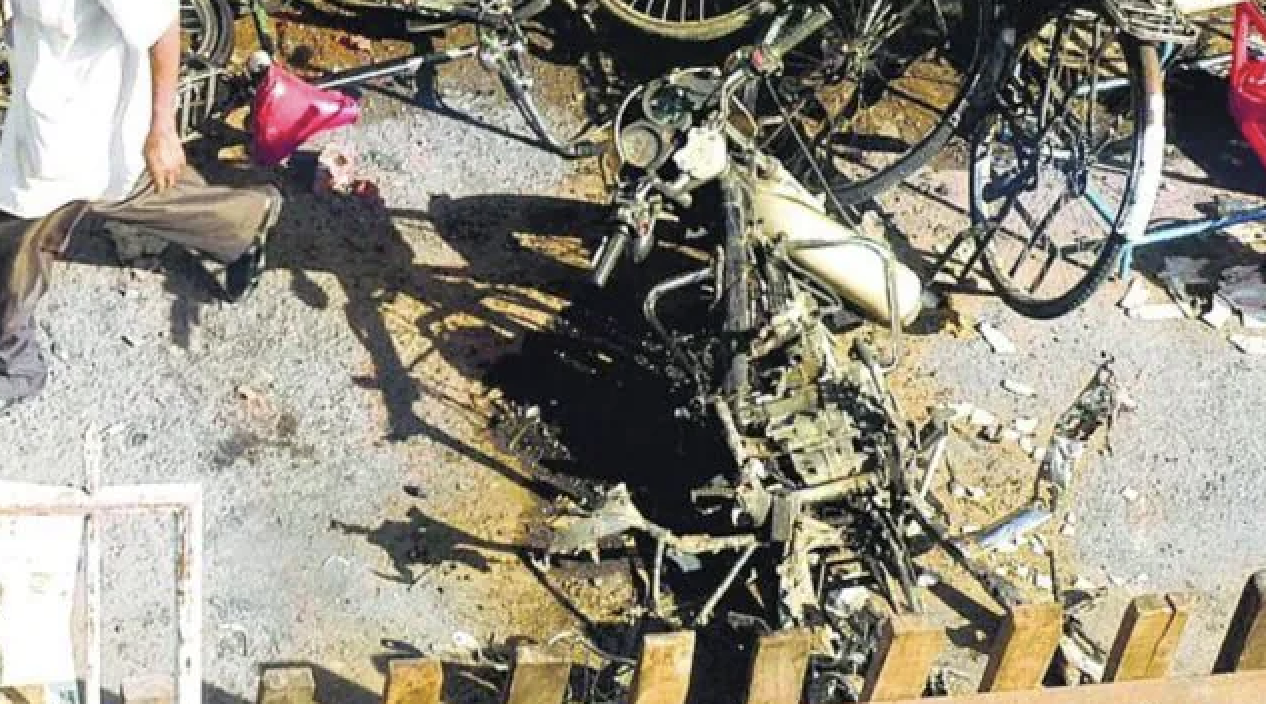
Pakur, India – Sitting at a dusty roadside tea stall with his friends in Bada Sanakad village in the tribal-dominated eastern Indian state of Jharkhand, Abdul Gafur is furious.
“Who says we are Bangladeshi infiltrators? Hear me out, we are the registered citizens of India. To date, God knows how many of our generations have passed away on this land. So, do not insult our ancestors by calling us infiltrators,” said the 46-year-old farmer, as nearly a dozen of his companions, most of them Muslims, nodded in agreement.
Gafur is a Muslim, a community in Jharkhand that Indian Prime Minister Narendra Modi’s Bharatiya Janata Party (BJP) has been painting as “Bangladeshi infiltrators” for months as it seeks to unseat a coalition of opposition parties, led by Chief Minister Hemant Soren’s Jharkhand Mukti Morcha (JMM), in the two-phase state assembly election that started on November 13.
Bid to break anti-BJP voting bloc?
Bada Sanakad falls in Jharkhand’s Pakur district, which together with Godda, Deoghar, Dumka, Jamtara and Sahibganj districts form what is known as the Santhal Pargana region, which votes in the second phase of the election on Wednesday. The region, with 18 seats in the 81-member state assembly, is dominated by tribal groups, who along with Muslims form about 50 percent of Santhal Pargana’s population and have traditionally been voting for anti-BJP parties.
Across Jharkhand state, the tribes and Muslims – at 26.2 percent and 14.5 percent respectively, according to the 2011 census – form nearly 41 percent of Jharkhand’s 32 million population.
This story was originally published in aljazeera.com. Read the full story here.






